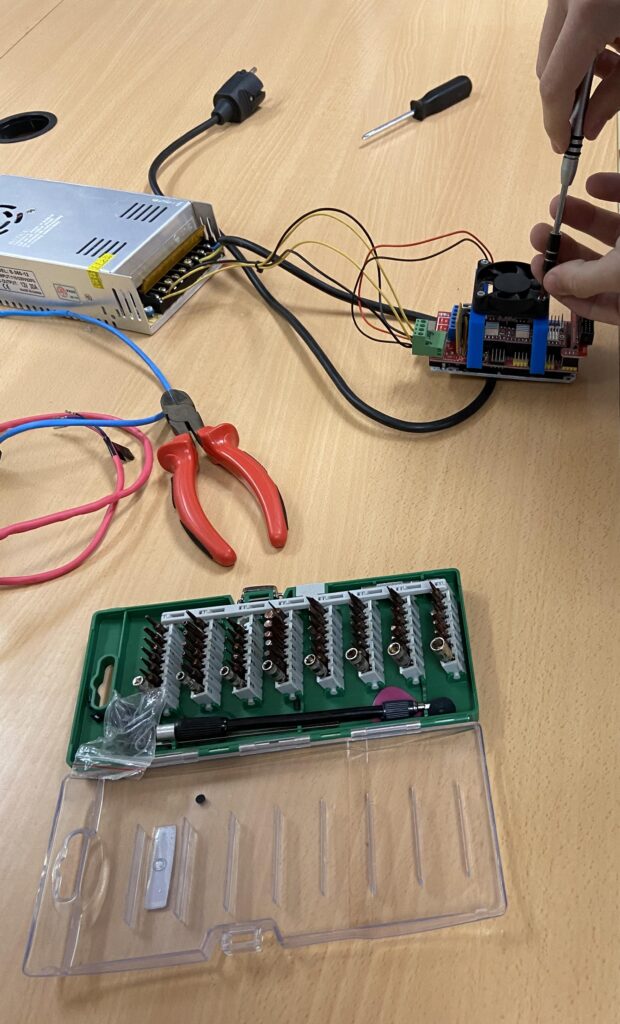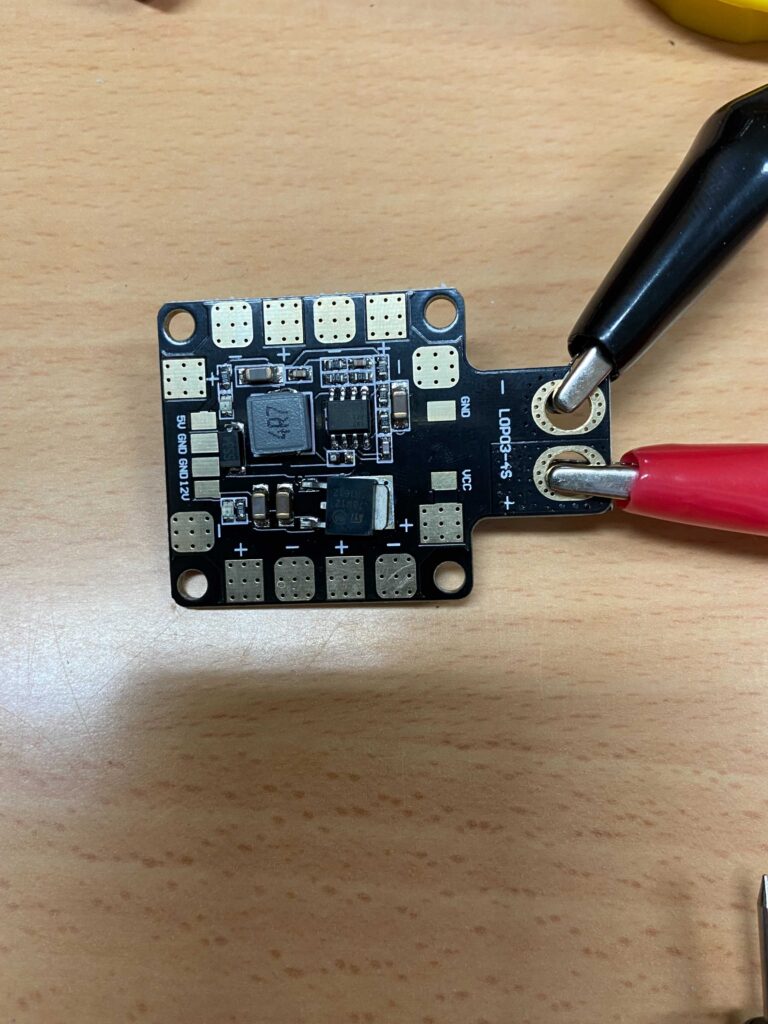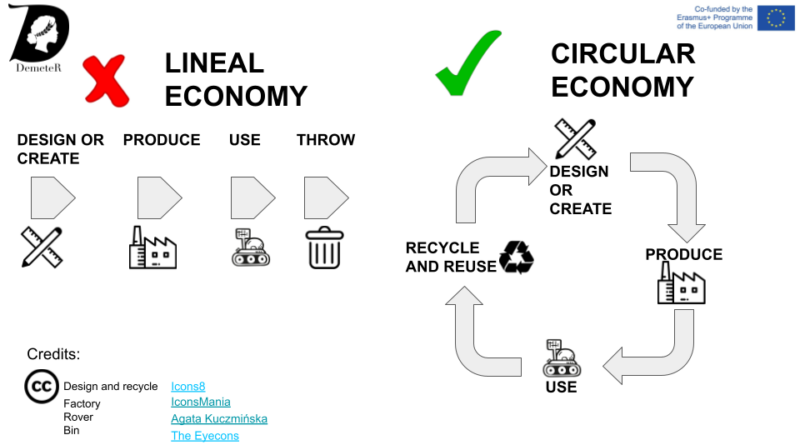Recicling components for new projects.
In a linear economy, devices are designed and mass produced and after use they are disposed of generating waste. Many electronic devices such as a smartphone can be made with more than five hundred different substances, which generates a lot of pollution. In the circular economy, those components that can be reused in other devices are reused. When a device ends its useful life, many of its parts can be useful and can have a second life. With this type of economy the effect of programmed obsolescence is neutralized.
The circular economy in our project is a concept that helps us not only to make our students aware that we must recycle and that products can have a second life, but it also allows us to better understand technology and interact with it.
If all we do is buy new components and assemble or buy all the components already assembled, our students do not have a thorough understanding of how they work. For example, in our robotic arm we have reused parts of 3D printers that were no longer in operation due to wear and tear and lack of replacement parts. The stepper motors of a 3D printer can serve not only to move the robotic arm but to move the rover itself. In this way, the student selects the part, studies its operation in depth and can design and use it without having to buy new parts or use external resources that make test models much more expensive.

Understanding the operation of technology allows the student to open his mind and think about the possibilities that certain devices have.
Following the principles of Immanuel Kant, our knowledge cannot exceed the limitations of the mind and the senses, therefore, we do not know how things are themselves, but we know how we experience them. Apart from the philosophical discussions, we take into account that the most important thing in the construction of knowledge is experimentation and it is for this fact that the concept of circular economy is so important.

An example of a circular economy established in one of the cities of the project coordinating team is garbage recycling. Garbage serves the city of Västerås to generate all the necessary energy in it. They do this at a negative cost. They not only earn money by burning garbage without generating waste and pollution, but they also generate energy and improve the quality of life in the city.
Preventing the emission of greenhouse gases and protecting the environment is one of the objectives of the European Union and it is therefore that awareness at the academic level is so important. If this fact is also being used to generate knowledge and improve the employability of our students, it can be said that this is a good practice.

